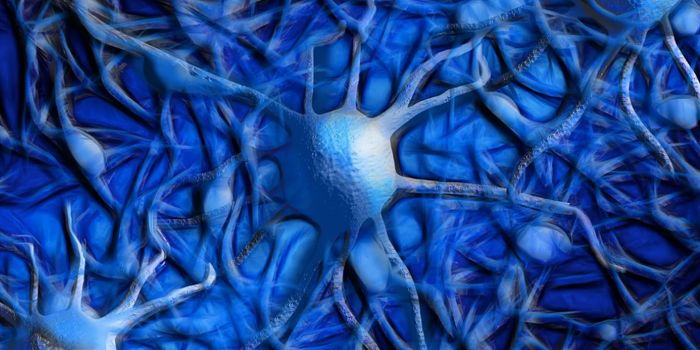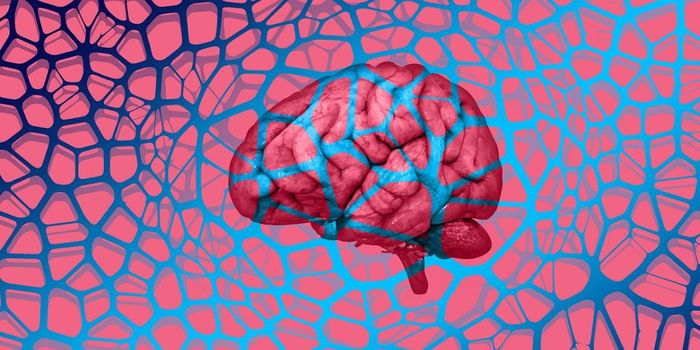Understanding the Physiological Response to Exercise
New research has sought to clarify exactly how exercise impacts an organism and particularly, the human body, in an effort known as the Molecular Transducers of Physical Activity Consortium (MoTrPAC). The lastest findings from this project have confirmed what has been indicated by many other research studies: exercise can improve cognition, boost immune function, slow the onset of disease, and reduce the rate of mortality from any cause.
MoTrPAC aims to generate a map of the molecular changes, and ultimately, health effects that occur in response to exercise, in animal models and humans. One specific aspect of MoTrPAC is analzying how exercise alters proteins at the molecular level, and what changes happen in genes that are being expressed. When genes are active and are transcribed into messenger RNA molecules, the mRNAs are modified by the cell before being translated as proteins; those changes are known as post-translational modifications. With proteomics tools, scientists can assess how proteins changes under various conditions.
Now, the first major paper from the MoTrPAC consortium has been reported in Nature; it describes the effect of endurance exercise training on an organism, at the molecular level. This research used the rat as a model, and the animals were exercised on motorized treadmills over periods of one, two, four, and eight weeks. Samples of blood and other tissues were collected within 48 hours of the training intervals. Sedentary rats that were age- and sex-matched were used as comparisons. With larger bodies than mice, rats provide researchers with larger sample sizes, and their organ signaling systems are similar to those found in humans.
An omics analysis showed that exercise improves metabolism, heart structure, gut and liver health, and also lowers inflammation levels in the small intestine and lungs.
The researchers are also working to confirm these findings in humans. "These data will help us bring knowledge from the rat into the human sphere," said study co-author and biochemist Josh Adkins of the Pacific Northwest National Laboratory (PNNL).
While this work is more of an overview, there are also more specialized studies underway in MoTrPAC research, such as how some gene regulatory programs are related to exercise. For example, exercise may affect the expression of genes that are linked to mitochondria, the immune system, or heat shock responses.
White adipose tissue is a specific type of fat that has been associated with many disorders including some types of cancer, obesity, cardiovascular disease, and type 2 diabetes. It is also related to the immune system and health in the body.
In a rat model, there seem to be major sex differences when it comes to how exercise can affect the levels of white adipose tissue. Male rats lose white adipose tissue after exercise, but female rats do not. Exercise does prevent the gain of fat mass in female rats, however.
More data and findings will be forthcoming from the MoTrPAC effort.
Sources: Pacific Northwest National Laboratory, Nature









